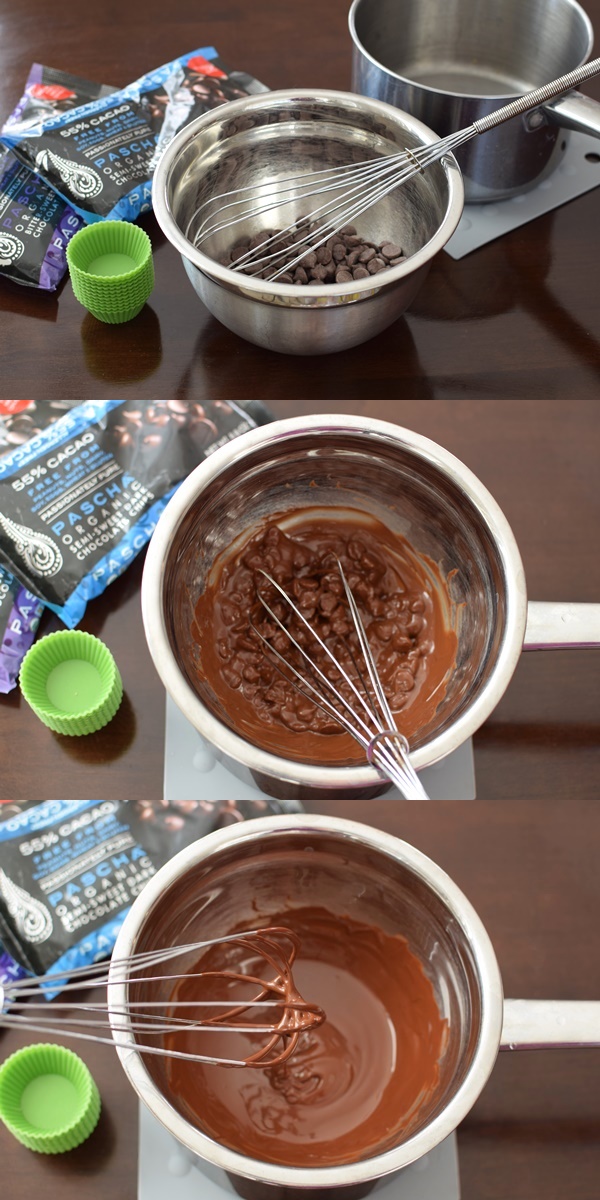Chocolate Decorations Melting? Here's Why and How to Fix It

Chocolate decorations can add a touch of elegance to any dessert, making them not only taste delicious but look stunning too. However, the bane of every chocolatier's existence is when these beautiful creations start to melt. This issue is not uncommon, but understanding why it happens and how to prevent it can make a world of difference in your chocolate decorating endeavors.
Why Chocolate Melts

Chocolate consists mainly of cocoa solids, sugar, milk solids, and cocoa butter. The melting point of chocolate largely depends on its composition, particularly the cocoa butter:
- Type of Chocolate: Dark chocolate, which contains more cocoa butter, has a higher melting point (around 34-38°C or 93-100°F). Milk and white chocolates, with higher milk solids and sugar content, melt at a lower temperature (around 32°C or 90°F).
- Fat Content: Higher fat content means a higher melting point since fats have a higher melting point than other components in chocolate.
- Storage Temperature: Even slight increases in temperature can cause chocolate to soften or melt. Ideal storage temperature for chocolate is between 15-20°C (59-68°F).
- Hygroscopicity: Chocolate absorbs moisture from the air, which can lead to blooming and softening.
Preventing Chocolate Melting

Here are several steps you can take to ensure your chocolate decorations do not melt:
- Tempering: Tempering is the process of heating and cooling chocolate to stabilize it. Properly tempered chocolate has a smooth, glossy appearance, snap when broken, and doesn’t melt as easily.
- Working in a Cool Environment: Keep your kitchen or workspace cool. If it’s too hot, consider using air conditioning or even moving your chocolate work to a cooler part of the house.
- Humidity Control: Use a dehumidifier or silica gel packs to control humidity, especially in summer or in humid climates.
- Proper Storage: Store your chocolate decorations in an airtight container in a cool, dark place. Avoid storing chocolate near sources of heat or strong odors as chocolate can absorb these easily.
- Choose the Right Chocolate: Use high-quality chocolate with a higher cocoa butter content. Couverture chocolate, in particular, is ideal for decorations due to its higher cocoa butter content.
🌡️ Note: Even with all precautions, chocolate can still melt in extreme temperatures. Always keep an eye on the room temperature when working with or displaying chocolate decorations.
Fixing Melting Chocolate

If your chocolate decorations have begun to melt, don’t despair. Here’s how to fix or salvage them:
- Cooling: The simplest fix is to cool down the environment or move the chocolate to a cooler area. Chocolate can often recover its shape if cooled before severe melting occurs.
- Re-Tempering: If the decorations are too soft, you might need to melt the chocolate completely, then temper it again. This process involves heating to around 45°C (113°F), cooling to about 27-28°C (80.6-82.4°F), and then reheating to working temperature (30-32°C or 86-89.6°F).
- Add Stabilizers: For chocolate that is starting to melt, you can add a little more cocoa butter or emulsifying agents like lecithin to stabilize it. This does require you to melt the chocolate again, though.
- Repurpose: If decorations are too far gone, consider repurposing the chocolate. Melt it down and use it for a different application, like a chocolate ganache or in truffles.
Advanced Chocolate Techniques

To further enhance your chocolate decoration skills, consider learning some advanced techniques:
- Modeling Chocolate: This mixture of chocolate and corn syrup can be sculpted and shaped, maintaining its form longer than traditional chocolate.
- Chocolate Transfer Sheets: These can be used to create intricate patterns on your chocolate decorations, making them more visually appealing even if they start to soften.
- Freeze-Drying: Freeze-drying chocolates can give them a unique texture and help preserve them longer without melting.
By understanding the science behind chocolate melting and applying these techniques, you can elevate your chocolate decorations to a level where they not only look professional but also stand up to the test of time and temperature. Remember, chocolate is a delicate medium, but with the right knowledge and care, it can be worked into masterpieces that captivate both the eye and the palate.
Can I use chocolate chips for decorations?

+
Yes, but chocolate chips are formulated to hold their shape during baking and might not melt or set as nicely as couverture chocolate. They often contain stabilizers that can affect the quality of the decorations.
What can I do if my chocolate seizes during melting?

+
Try adding a small amount of warm water or vegetable oil, stirring until the chocolate smooths out. If it’s too late, you might need to start over with fresh chocolate.
How can I keep my chocolate decorations from blooming?

+
To prevent blooming, store chocolate at a consistent temperature, avoid condensation by letting chocolate cool down to room temperature before storing, and minimize temperature fluctuations.